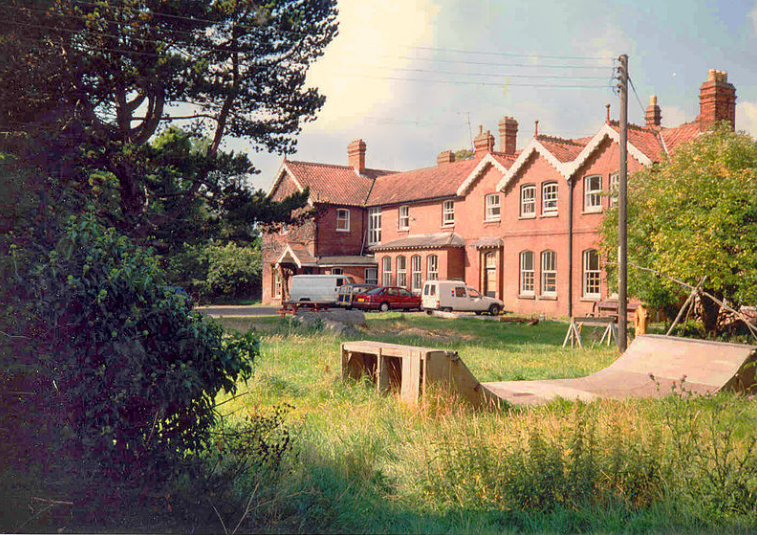
Editor’s note: This commentary from Kerry McDonald, a senior fellow at the Foundation for Economic Education, appeared Friday on the foundation’s website.
Over the past couple of years, there has been a surge in the number of microschools spreading across the country. These small, multi-age, co-learning communities with hired educators were gaining popularity before the educational upheaval of 2020, but they were still very much at the edge of the educational landscape.
The disruption caused by the pandemic response thrust microschools from the margins into the mainstream. Recent estimates suggest that as many as two million US children may now be attending microschools full-time.
One of the questions I frequently get asked is: Will these microschools last or will interest fade the further we get from 2020’s tumult?
It’s an important question and something I think about a lot. If you ask today’s microschool founders, they will tell you—without hesitation—that microschools are here to stay. They are certain that microschool momentum will grow, that these programs will thrive, and that there is no going back to the educational status quo.
Of course, some individual microschools will undoubtedly flounder and shut down, signaling a dynamic, efficient microschool marketplace; but I believe that these microschool founders are right that the microschool movement will last.
It’s worth revisiting an earlier time of cultural disruption and educational experimentation that led to a flurry of new, small schools that looked a lot like the microschools of today. The reasons why they mostly failed offer lessons for why today’s microschools are well-positioned to succeed.
To continue reading, click here.


